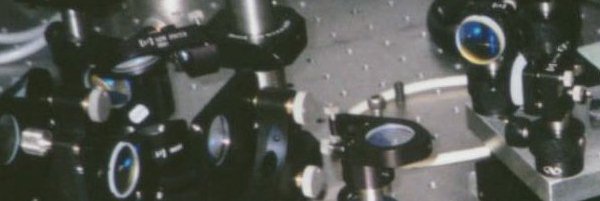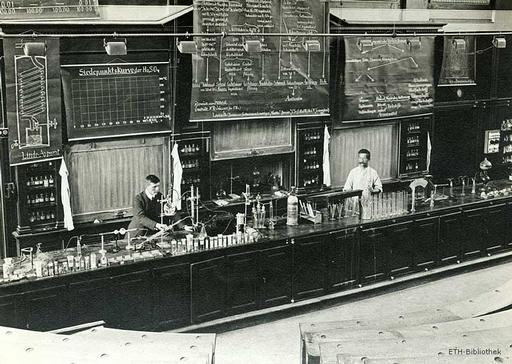|
I'm officially a professor of Physics at the University of
Applied Sciences in Windisch (Fachhochschule Nordwestschweiz, FHNW) in Switzerland.
I used to do science there in Heinz Burtscher's group, inventing and building instruments for aerosol measurements. After his retirement, I have moved largely to
our spinoff company naneos, where we sell some of the smallest instruments for ultrafine particle measurement.
I still teach at FHNW, and if you are interested in my classes, you can find some of the resources here (in German).
During most of my school days, I was sure I would go on to study maths later on - but this changed in the Gymnasium (high school), where I had a horrible maths teacher in the first half year. Luckily, he retired, and for the following four years we had a better teacher - but the damage had been done! In physics, however, I had a (for me!) great teacher in the form of Aegidius Plüss, who was certainly the prime inspiration for me to study physics. I started studying physics at the ETH Zürich in 1991 and received my diploma in experimental physics in autumn 1996, specializing in nonlinear optics. My diploma thesis was on photorefractive effects and photoconduction in DAST, which is an organic nonlinear optical crystal. I wrote my diploma thesis in the group of professor Peter Günter. Of course, as a diploma student you have nothing to do with the professor at all. My motivation for this topic came from two interesting lectures on nonlinear optics by Christian Bosshard, who is now at CSEM, the Swiss center for electronics and microtechnology in Alpnach. Christian, and in particular his Ph.D. student Stéphane Follonier were the supervisors for my diploma thesis. Christian is now head of a section at CSEM in Aplnach, while Stéphane, originally from a Swiss mountain valley (The Valais), is now head of the CSEM division in Landquart, in another Swiss mountain valley.
 In 1997, I started working on my Ph. D. thesis in the group of professor Hans-Christoph Siegmann. I had been lucky during my exams on general experimental physics for the second intermediate exam at ETH (2. Vordiplom), and received very high marks. HC, as we called him, who taught the class, remembered this, and offered me a position as Ph.D. student in his group. I was one of HC's last Ph.D. students - he was forced to retire at the age of 65 in 2001, and moved to Stanford, where he remained a very active physicist until his untimely death in 2009 (visit his webpage for an overview of his life as a physicist). HC invented the spin-polarized electron source, and was generally a very creative person. I'm not particularly proud of my PhD thesis on the electronic relaxation time of hot electrons in metallic nanoparticles, but I did learn how to do research on my own during that time. After completing my PhD, I went to Klaus Sattler's nanoscience lab in beautiful Hawai'i for a year as a PostDoc. I returned to Switzerland toward the end of 2002 and went back to Windisch. Not exactly the right choice for a distinguished career in science; but when I looked at the price to pay for a real academic career, I knew it was nothing for me. This page wouldn't be complete without a reference to my grandfather, Markus Fierz, a theoretical physicist. I can't really remember, but I suppose that he must have influenced my decision to study physics in some way. His father, Hans-Eduard Fierz, was a professor for chemistry at ETH. I didn't know my great-grandfather of course (he died in 1953 at the age of 71, shortly after retirement - from a type of cancer that is triggered by the kind of chemicals that he must have been using during his career), but I recently found a nice picture of him with an assistant in the lecture hall, my great-grandfather is to the left:
Below are two small pieces of Physics-related LabView code that might be useful for others: I wrote Mie scattering code for LabView in February 2004, and updated it in August 2005 to output everything the original Bohren and Huffman code provides. The new version also allows you to specify the angular resolution of the output. If you use LabView and do light scattering experiments, you might find this useful. Download my LabView Mie scattering demo program! The VI uses a dll file which is basically Flatau's C translation of Bohren and Huffmans Fortran Mie scattering code. I wrote LabView code to solve the NNLS problem, that is, to solve the least-squares problem Ax=b with x being constrained to positive numbers. The basic algorithm was invented by C.L.Lawson and R.J.Hanson and is published in Solving Least Squares Problems, Prentice-Hall 1974, chapter 23. I just adapted it to the G programming language. Download LA_NNLSfit.zip (103KB).
|
